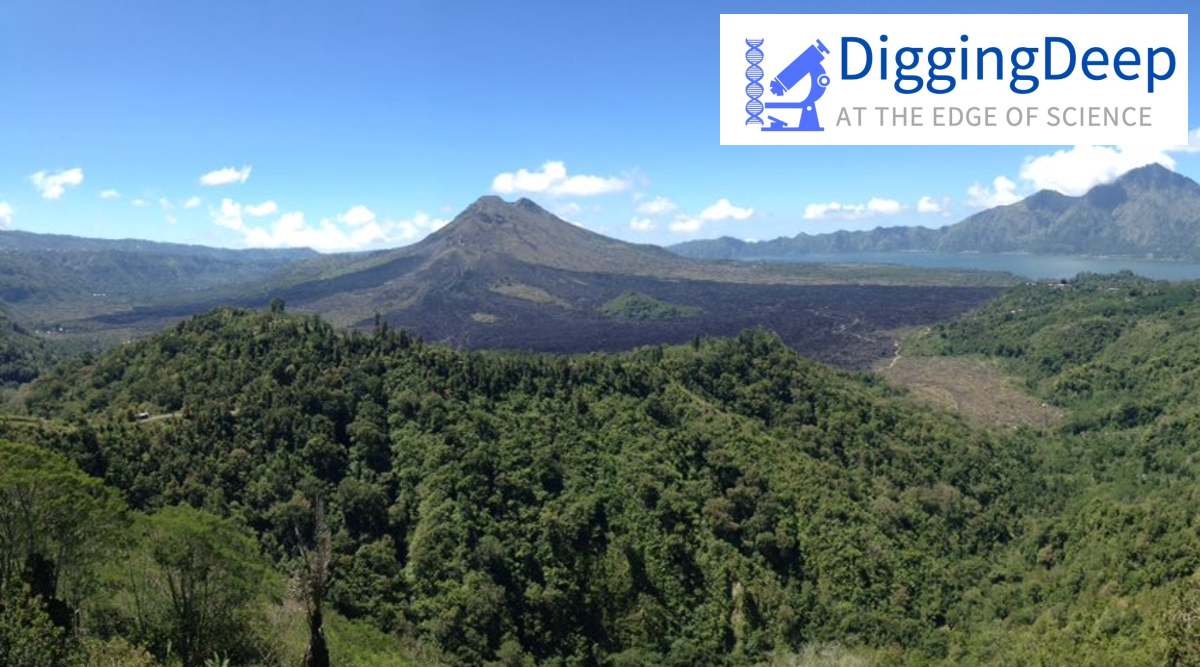 REDD+ constitutes an important milestone in the history of COPs. (Image Source: Twitter/ REDD+ Indonesia)
REDD+ constitutes an important milestone in the history of COPs. (Image Source: Twitter/ REDD+ Indonesia) A recent study from a team of environmental economists at the London School of Economics and University of Exeter examines whether Norway’s pledge to contribute $300 million per annum towards ‘reducing emissions from deforestation and forest degradation’ (REDD+) have borne fruit at the grass-roots level. In the agreements inked at the 2007 Conference of Parties (COP-13) in Bali, Norway had pledged this amount in bilateral agreements with tropical countries like Brazil, Guyana, Tanzania and Indonesia; in exchange for their efforts in mitigating global warming.
The COP is an annual conference of all countries that are members of the United Nations Framework Convention on Climate Change (UNFCCC), and is the ‘supreme decision-making body of the Convention.’ The first COP was held in Berlin, Germany in 1995 and has since been convened annually; and the COP this year (COP-27) will be held in Egypt.
REDD+ constitutes an important milestone in the history of COPs. Adopted at the 13th Conference of Parties (COP-13) in Bali, REDD+ aims at ‘reducing emissions from deforestation and forest degradation,’ with the ‘+’ referring to ‘enhancing forest carbon stocks due to sustainable management of forests’.
As part of the agreements between Norway and other partner countries, Norway had pledged $1 billion ‘to fund results based REDD+ payments’. Apropos of Indonesia in particular, one of the key instruments in this system was the moratorium on granting any new licenses to convert dryland and peatland forests into centres for production of timber and palm oil.
But, the study questions, is the method working? Having paid Indonesia $56.2 million (at the rate of USD 5/ton CO₂ equivalent), is Norway getting its money’s worth? Evidently, monitoring of forest land management has been beset by the usual problems of corruption and weak law enforcement. There is also, as Groom et al (2022) note, a lack of coordination between different tiers of the government.
What if the observed differences between moratorium and non-moratorium areas just reflect the contrasts that already existed before the agreement kicked in? What if the deforestation measured is merely a reflection of natural processes (e.g. weather patterns) or economic exigencies (e.g. plummeting demand), and not a result of the moratorium?
In order to answer these questions, researchers examined the Global Forest Change Data from 2004 to 2018, which also includes the period before the moratorium. They considered factors like topography and proximity to markets in order to assess how likely each area was to be subject to forest loss due to timber culture. Of special focus was a phenomenon called ‘leakage,’ whereby licenses for producing timber and palm oil are granted for areas outside the moratorium, even as these activities cease in the moratorium areas. Leakage, as the study recognises, is a major impediment in forest conservation efforts, and brings an artificial contrast to the observed forest cover in the moratorium versus non-moratorium areas.
The results are not surprising: ‘overall, the proportion of forest cover has declined, both inside and outside the moratorium’s boundaries, by ∼10 to 15 percentage points between 2000 and 2018.’ However, the decline is much steeper outside moratorium boundaries and outside concession areas (i.e. the areas where agriculture was allowed).
Contrasting dryland forests and peatland forests – the two forest types studied here – Groom et al (2022) find that dryland forest cover is comparable between concession areas inside and outside moratorium regions. However, the same cannot be said for peatland forests, where cover is higher in concessions outside moratorium regions than those inside. They conclude that the moratoriums, while being cost effective, were effective in protecting no more than 0.01 sqkm of dryland forest in each 1.2 km x 1.2 km grid cell; while the estimates for peatland forests were not statistically significant. As for leakage, the analysis failed to ‘identify significant leakage from the moratorium to the surrounding areas.’
Calling to question Norway’s payment of $56.2 mn, which includes the reductions from avoided peat decomposition and forest fires, the study therefore argues that ‘viewed purely in terms of performance, this share of the payment could be justifiably withheld.’ The trouble lies, primarily, in the choice of baseline data adopted by the Indonesian-Norwegian partnership that, the researchers believe, could reflect natural and economic factors unrelated to REDD+, and, therefore, susceptible to biased interpretation.
The moratorium was unilaterally revoked by the Indonesian government in 2021 and is likely to be replaced by other REDD+ initiatives. It is argued, in order to be able to meet Nationally Determined Contribution (NDC) targets, future schemes need to engage local smallholders whose activities contribute to nearly one fifth of total nationwide forest loss. Lastly, fund allocation mechanisms need to be formalised and consolidated further. However, a lot of it depends on the individual countries participating in REDD+ initiatives.
The author is a freelance science communicator. (mail@ritvikc.com)
- The Indian Express website has been rated GREEN for its credibility and trustworthiness by Newsguard, a global service that rates news sources for their journalistic standards.

